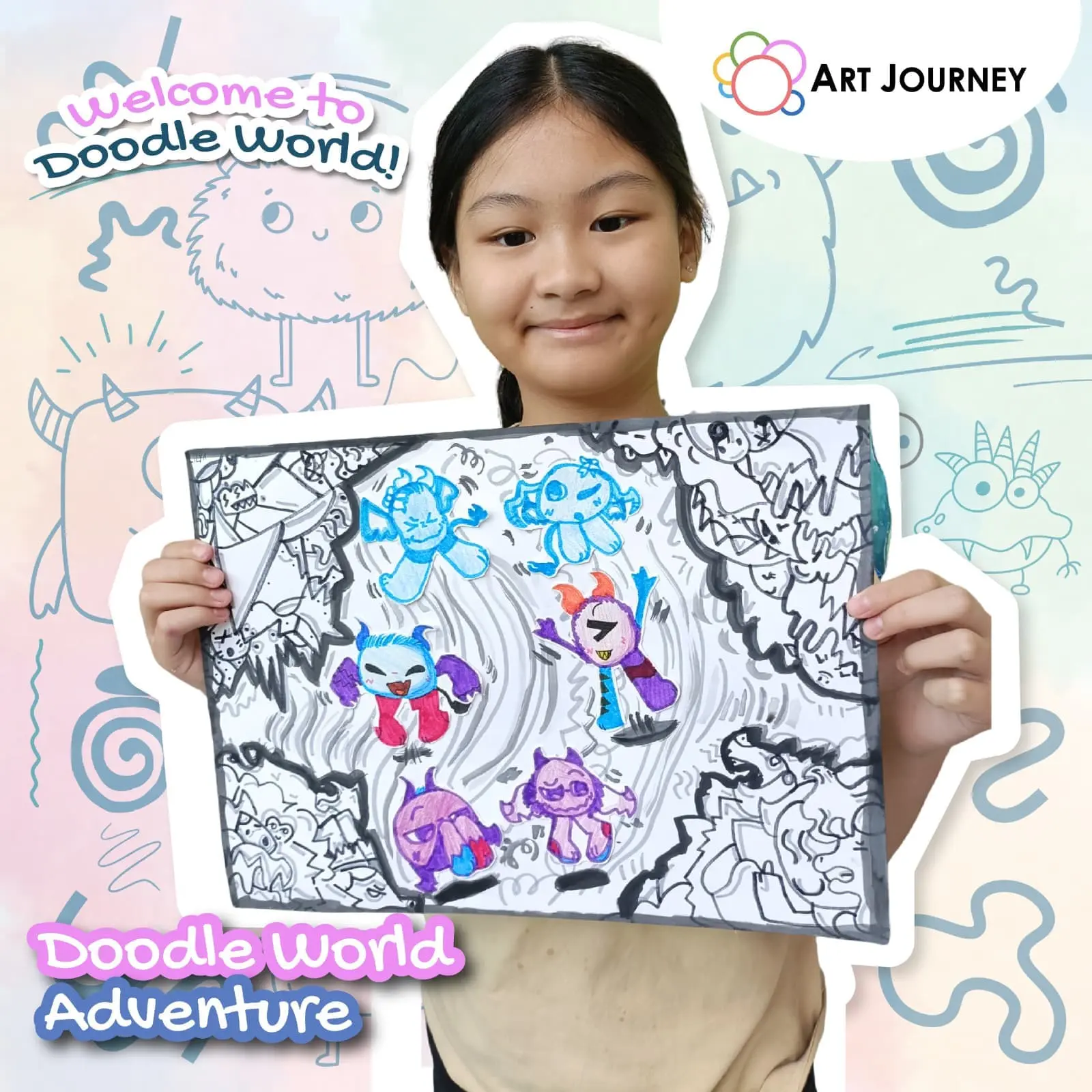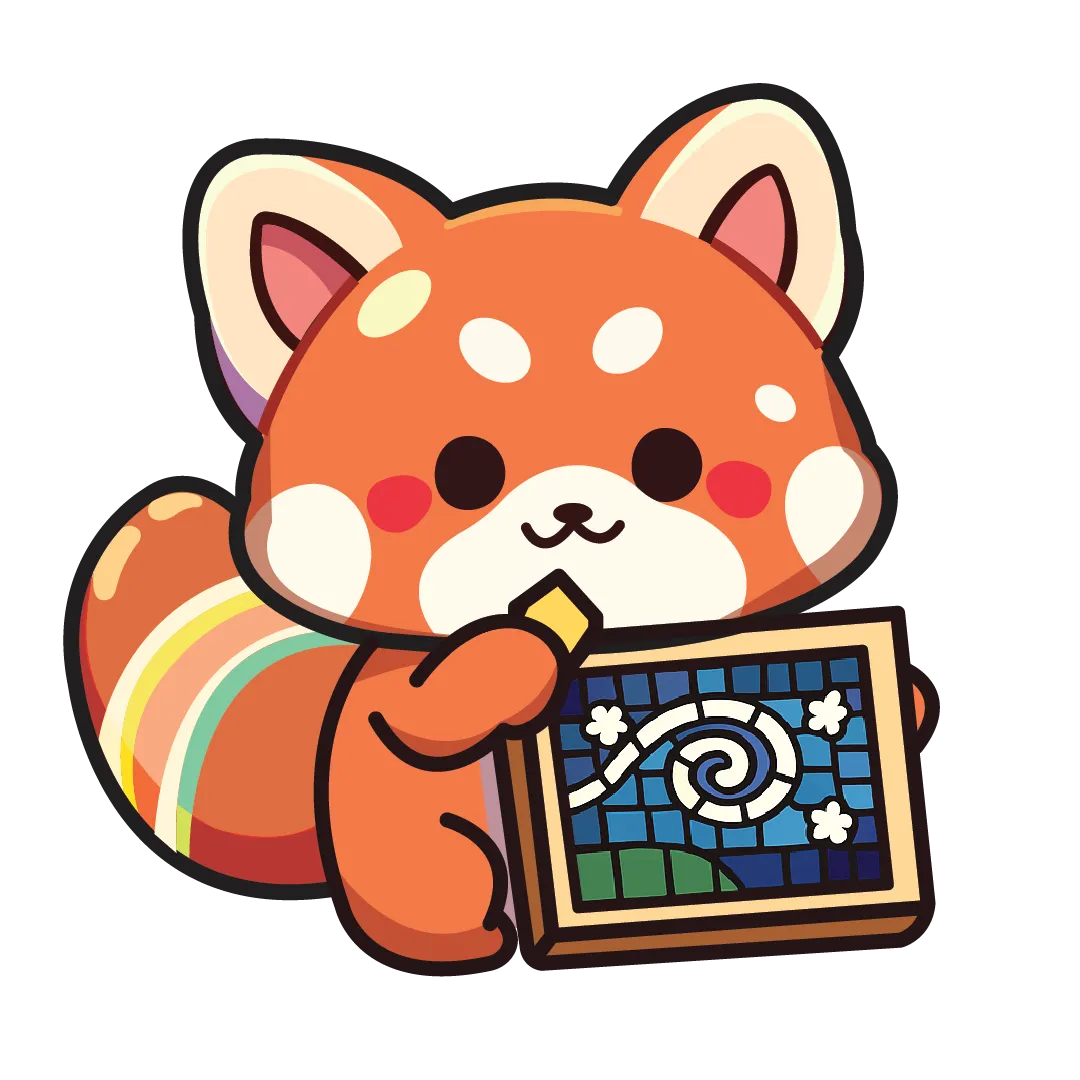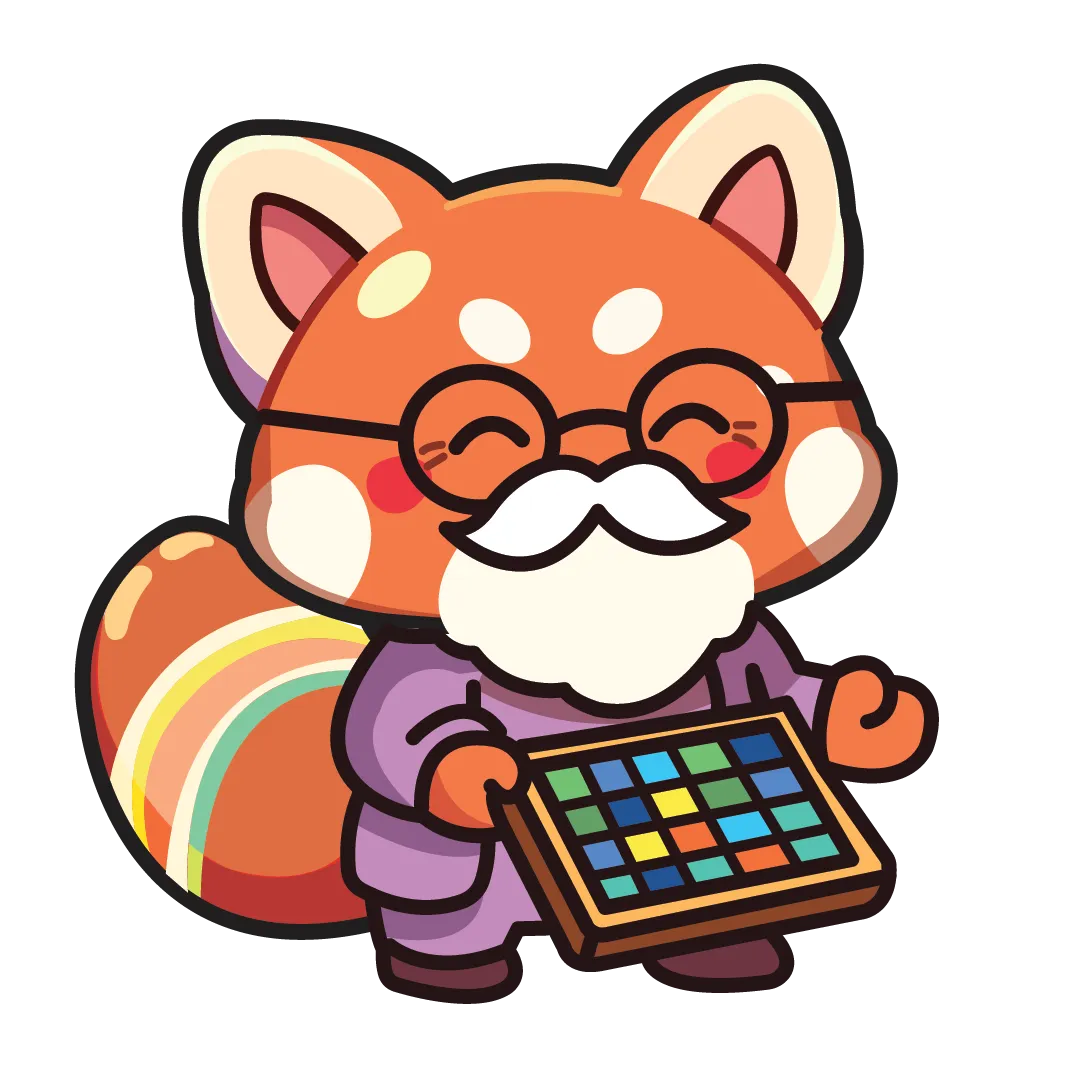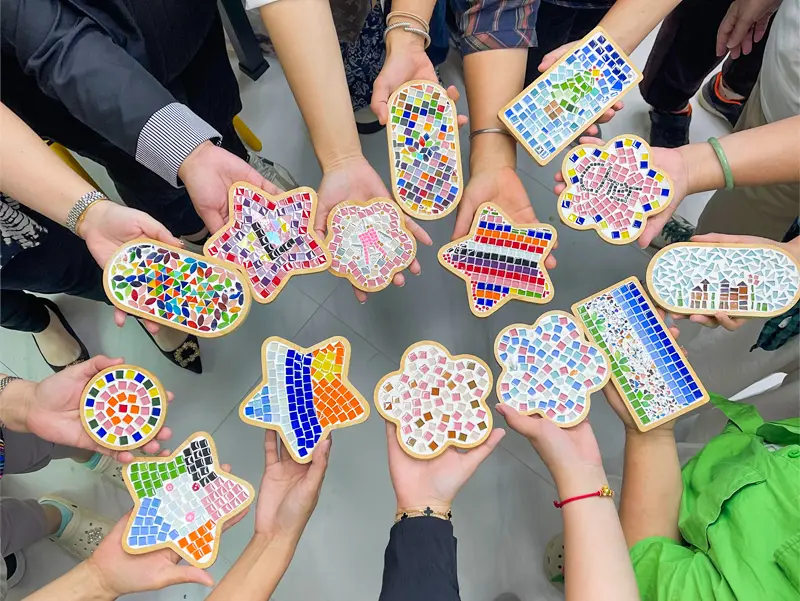
Art has the unique ability to heal, inspire, and transform lives. For many individuals, especially those with disabilities, when they participate in artistic activities like mosaic art jamming, it can provide a purpose, empowerment, and a sense of connection. Mosaic art jamming has gained as a powerful and impactful expression that encourages creativity, to promote community, and enables self-expression. By combining together, the broken pieces of glass, tiles, and other various materials, participants have the opportunity to create beautiful artwork and turn them into something creative and meaningful.
Accessibility and Inclusion
Mosaic art jamming is designed to be inclusive and it allows people with different abilities to connect in a group creative experience. Unlike traditional painting or drawing, mosaic art does not require precise fine motor skills or advanced artistic techniques. Instead, it focuses on the act of assembling pieces, which can be adapted to suit each person’s needs. For those with limited skill, larger tiles or pre-cut materials can be used, making it easier to manipulate and arrange the pieces. Additionally, tools can be adjusted to accommodate individual preferences, ensuring that everyone can engage comfortably.In mosaic art jamming adaptability makes an ideal activity for disabled people. It also removes the barriers and allows participants to express their self-expression in a medium that celebrates variety and creativity. The process itself improve an environment where everyone is encouraged to contribute, regardless of their skill level or background. As a result, participants can experience a sense of ownership and pride in their work, which can be incredibly empowering.Building Confidence Through Creation
Boosting the confidence is one of the most important benefits of mosaic art jamming. Many individuals with disabilities face negative perceptions and challenges that can impact their self-esteem.Connecting with mosaic art allows them to focus on their strengths rather than their limitations. Each tile placed in a mosaic is a proof to their creativity and ability to create something beautiful and amazing.As individuals work on their projects, they experience a sense of achievement with every piece they add. This step-by-step progress builds confidence and reinforces the idea that their contributions matter. The final artwork serves as a visual representation of their efforts, showcasing their unique perspectives and creativity. The satisfaction comes from something creating pride that comes from creating something real it can significantly enhance a participant’s sense of self-worth.Therapeutic Benefits of Mosaic Art Jamming
- Mosaic art jamming offers therapeutic benefits that can improve participants’ mental health, which goes beyond social and emotional advantages.
- Involving them in creative activities, it can reduce, anxiety, and feelings of loneliness.
- The process of creating art can be meditative, helping individuals focus their minds and momentarily escape the pressures of daily life.
- The tactile experience of working with mosaic materials is particularly helpful for those with sensory sensitivities.
- The variety of textures, colours, and shapes offers a multisensory experience that can be both calming and enjoyable.
- As participants dive into the creative process, they may experience relief from negative emotions and an increased sense of well-being.












